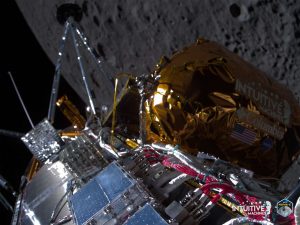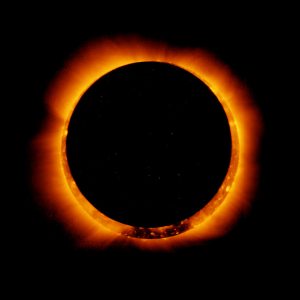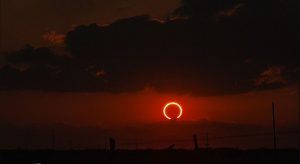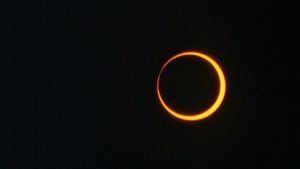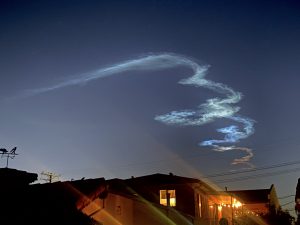National Aeronautics and Space Administration’s (NASA) Juno spacecraft zoomed past Jupiter’s giant moon, Ganymede on Monday, June 7. The spacecraft came as close as 645 miles (1,038) kilometers. The last time a spacecraft came that close was in 2000 when NASA’s Galileo spacecraft flew past the solar system’s biggest moon.
Juno has provided the first close-ups of Jupiter’s largest moon in two decades. The pictures highlighted Ganymede’s crater along with long- narrow features that may be related to tectonic faults.
Juno has been orbiting Jupiter for five years. It was launched a decade ago.
“This is the closest any spacecraft has come to this mammoth moon in a generation,” news agency Associated Press quoted Juno’s lead scientist, Scott Bolton, as saying.
“We are going to take our time before we draw any scientific conclusions, but until then we can simply marvel at this celestial wonder,” he added.
He further added that it is the only moon that is bigger than the planet Mercury.
As per AP, Ganymede is one of the 79 known moons around Jupiter, which is a gas giant, Ganymede is one of them. Italian astronomer Galileo Galilei discovered Ganymede in 1610, along with Jupiter’s three next-biggest moons.
The moon named after a cupbearer to the Greek gods is also the only moon to have its own magnetic field. The magnetic field causes auroras to glow at its north and south poles.

